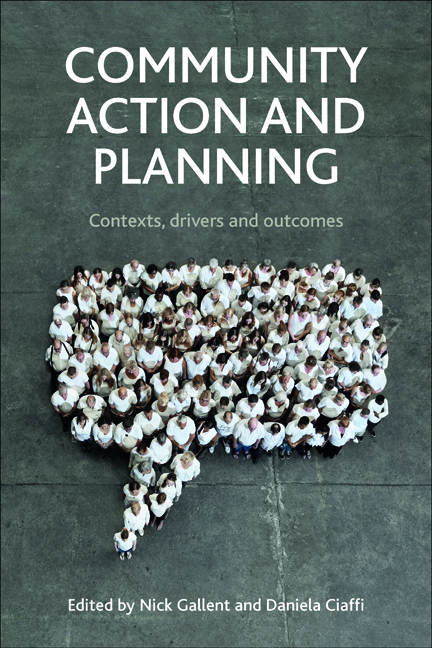12 - New York City’s community-based housing movement: achievements and prospects
Published online by Cambridge University Press: 04 March 2022
Summary
Introduction
This chapter offers as a ‘community planning’ case study the experience of community-based not-for-profit housing organisations in New York City and their relationship (from the 1970s through to the present) with that city's elected officials and executive agencies. I argue that in New York City, community-based organisations have unambiguously added strategic value in the social housing arena, becoming ‘part of a wider governance and leadership system that delivers benefits for a range of interests’ (Gallent and Ciaffi, Chapter 1, this volume). Moreover, their political participation and advocacy have helped to bring about many of the policies that currently structure this system. Their role has been in constant flux, however, changing with shifts in city, state and federal political regimes; with the contingent relationship between their development work and their political advocacy; and with the transformation of the city's housing markets.
The chapter begins with a discussion of the unique political experience of the US, specifically the efflorescence of social movements at the neighbourhood scale during the 1960s and 1970s and the emergence of a branch of planning practice that embraced these movements’ anti-systemic perspective. It then describes the birth and evolution of community-based housing organisations in New York City, originally the product of maverick efforts to stabilise neighbourhoods that had been virtually abandoned by both the public and private sectors. In the late 1970s, faced with a mounting inventory of multi-family apartment buildings that they had repossessed for tax delinquency, city government officials gradually and steadily integrated community-based organisations into an organised system for rehabilitating and managing these buildings. By extension (and because of legislative and policy actions that enabled them to produce new affordable housing as well), community-based organisations in New York City became responsible in the next several decades for governing the provision of safe and affordable accommodation to tens of thousands of low- and moderateincome households. While highlighting the interdependence of the city and the housing organisations as an example of ‘co-production of public policy’ (Gallent and Ciaffi, Chapter 1, this volume), this case also gently challenges Chapter 1's implicit assertion of a clean distinction between planning professionally produced by experts and local community action.
- Type
- Chapter
- Information
- Community Action and PlanningContexts, Drivers and Outcomes, pp. 217 - 236Publisher: Bristol University PressPrint publication year: 2014



